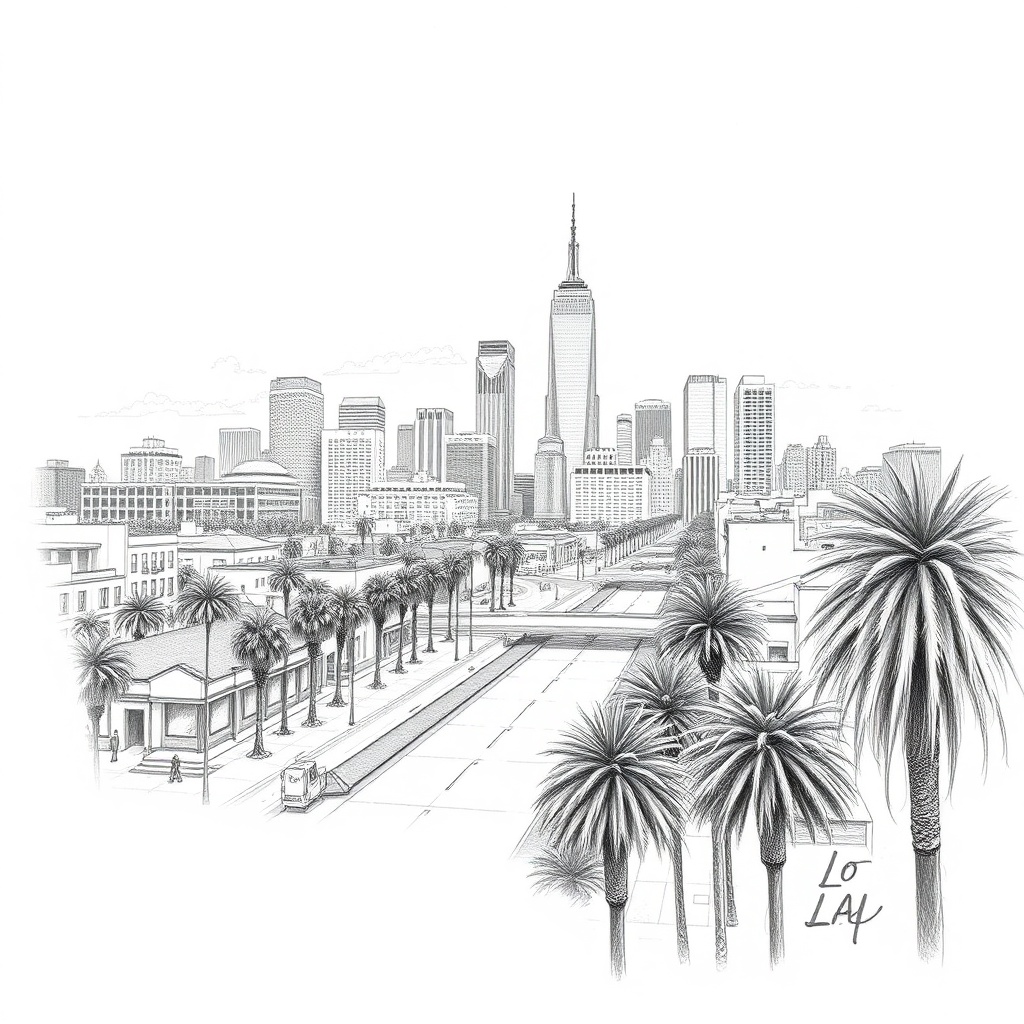Cooling Los Angeles Neighborhoods: Tree Canopy, Drought-Tolerant Landscaping, and Water Reuse Strategies
Los Angeles residents are adapting to hotter, drier conditions with creative, practical strategies that cool neighborhoods, conserve water, and keep the city vibrant. From expanding the urban tree canopy to embracing drought-tolerant landscaping and innovative water reuse, these approaches are making neighborhoods more livable while preserving the city’s character.
Why urban cooling matters in LA
Concrete, asphalt, and dense development create heat islands that raise temperatures in neighborhoods. Higher temperatures increase energy use, raise health risks during heat waves, and stress water supplies. Tackling urban heat and drought together creates multiple benefits: lower energy bills, improved air quality, more comfortable streets, and stronger community resilience.
Effective strategies residents can adopt
– Plant and protect trees: Shade from street and yard trees reduces local temperatures and cuts cooling costs. Prioritize long-lived native or regionally adapted species that tolerate dry summers and provide canopy cover. Support tree-planting efforts in local neighborhoods and participate in stewardship programs when possible.
– Switch to drought-tolerant landscaping: Replace thirsty turf with water-wise gardens using native grasses, succulents, and Mediterranean-adapted plants.
Group plants by water needs to improve irrigation efficiency and reduce maintenance.
– Use smart irrigation: Drip irrigation, smart controllers that respond to weather, and regular maintenance to check for leaks dramatically lower outdoor water use.
Mulch around plants to retain soil moisture and reduce evaporation.
– Retrofit roofs and pavements: Cool roofs, reflective coatings, and shade structures reduce heat gain in buildings. Permeable pavements and lighter-colored surfaces can lower surface temperatures while improving stormwater infiltration.
– Capture and reuse water: Rain barrels, cisterns, and graywater systems can supply irrigation needs and reduce demand on municipal supplies. Even small-scale capture systems help during dry spells and teach practical water stewardship.
– Create cool public spaces: Pocket parks, shaded bus stops, and tree-lined sidewalks make walking and waiting for transit more comfortable.
Community gardens and green corridors also improve neighborhood cohesion and biodiversity.
What city initiatives can help
City programs increasingly focus on tree equity, rebates for water-efficient devices, and incentives for cool roofs and landscaping conversions. Homeowners and renters can check local utility and municipal resources for rebates, technical assistance, and planting guides specific to their neighborhood conditions.

Co-benefits for health, equity, and economy
Cooling and water-saving measures often deliver benefits beyond comfort. Increased shade and green space reduce air pollution exposure, provide mental health benefits, and create opportunities for local jobs in urban forestry and landscape installation. Targeting investments to underserved neighborhoods helps address historic disparities in tree canopy and access to green space.
Practical steps for getting started
Begin with a small project: replace a patch of lawn, install a rain barrel, or plant a shade tree where space allows. Join a neighborhood group focused on greening, or volunteer with local urban forestry organizations to learn planting and care techniques. For renters, advocate for shared green improvements like shaded common areas or community garden plots.
Los Angeles has abundant opportunities to blend innovation with long-standing cultural and ecological strengths.
By prioritizing shade, water efficiency, and community-led green projects, neighborhoods can stay cooler, save money, and become more resilient — creating a more comfortable city for everyone.